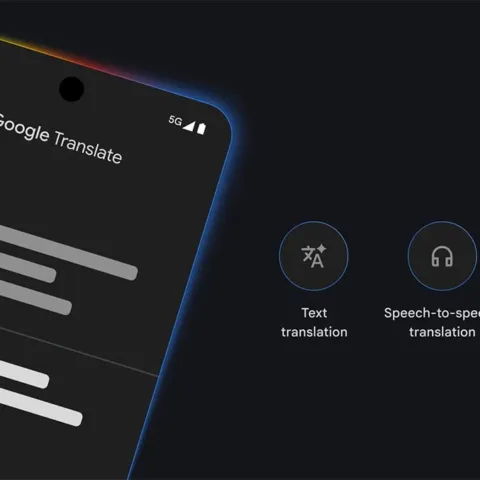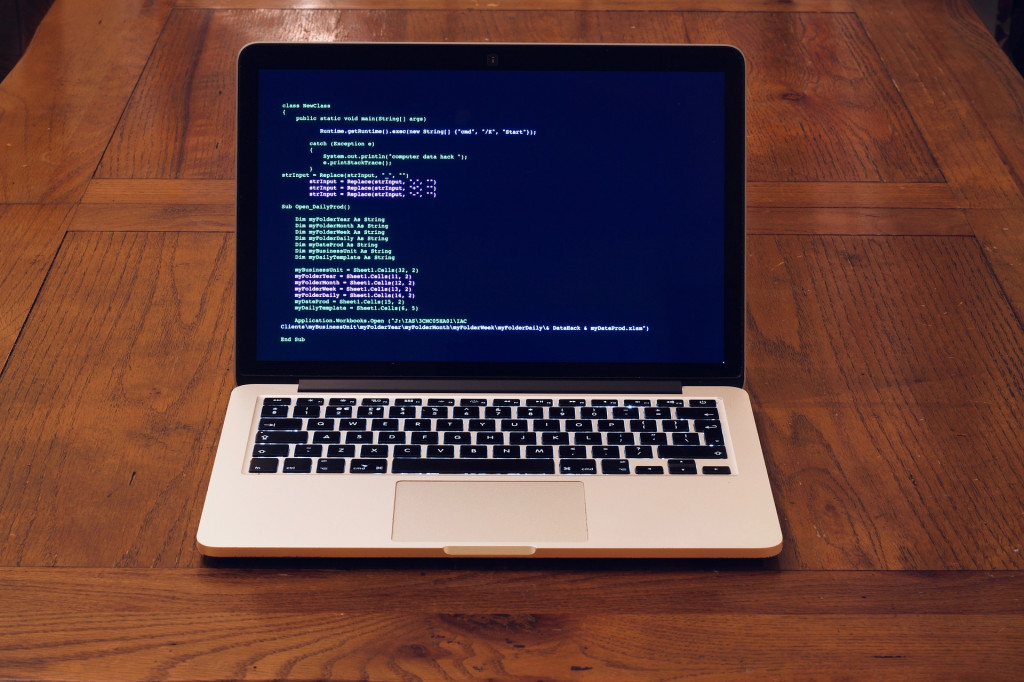Google, Temasek, and Bain & Company released their annual report “e-Conomy SEA 2020” to review the development of digital or internet business in Southeast Asia. The headline for this is “At full velocity: Resilient and racing ahead” – indicating how the ambitions of digital players survive and try to maintain growth amid the global economic downturn.
There are 7 highlighted digital sectors. Apart from the existing ones, e-commerce, transport & food, online travel, online media, and financial services; This year the research added two new business landscapes, healthtech and edtech – because both are experiencing significant growth amid the Covid-19 pandemic.
The pandemic has drove internet penetration in the region, with an estimated 40 million new users in 2020. Therefore, there are around 400 million internet users in total in Southeast Asia – equivalent to 70% of the total population. The existence of social restrictions forms a new culture, such as work/school activities from home, resulting in a drastic increase in consumption of digital services.
One quite interesting issue is that in Indonesia has 56% of total digital service consumers this year come from outside the metro area, while the remaining 44% are still from around the urban area. It is said, digital development is currently still Jabodetabek-centric; and this cannot be denied because there is a significant gap between metro and non-metro areas in terms of accessibility to infrastructure.
Gross Merchandise Value (GMV) is the matrix used to measure economic units in this report; that is, indicating the value of transactions/sales that occur within a certain period of time by the user. The GMV for the internet economy in Southeast Asia (accumulating value from the 7 highlighted sectors) is projected to exceed $100 billion. Indonesia will contribute $44 billion or the equivalent of 621 trillion Rupiah.
In Indonesia, most of our GMV comes from e-commerce services, amounting to $32 billion, followed by transportation & food platforms worth $5 billion, online media $4.4 billion, and online travel $3 billion.
Validation for digital economy direction
Recently, APJII has released the latest report regarding internet user statistics in Indonesia. Specifically in 2020, there are approximately 25 million new internet users in the country (increasing by 8.9% compared to last year). Indonesia’s domination in many of the Google-Temasek-Bain & Company reports has also validated that Indonesia is on the right track in building its digital economy.
Although quite a few also say that Indonesia’s digital economy phase is still in “early stage”, at least the foundations are well formed. Looking back over the past decade, e-commerce and ride-hailing businesses have been able to become good industrial engines, they have expanded the scope of digital savvy in Indonesia – both from consumers and SMEs. The implication is that new (digital) business models are getting quickly accepted.
Covid-19 has also had a very visible impact. Some business sectors have been hit hard, for example online travel, but from there we can see how digital service providers are able to adapt quickly. Take, for example, the fast action of OTA to save businesses by aggressively promoting domestic transportation services or the “staycation” vacation model. So it is not surprising that in the statistics of the e-Conomy, the OTA platform still has a significant position.
On the other hand, the pandemic is actually ripening the level of digital adoption in society. The benefits for digital players may be seen at a later time. When the community lockdown starts to get used to shopping, studying, consulting health online, this will become new permanent habits. Especially when the platform is able to accommodate these needs, therefore, it brings a more pleasant impression.
In our internal records, funding to digital startups have also continued to pour during this pandemic. This indicates a good trend regarding investor trust in Indonesia’s business players – amidst a recession and increased risk of failure due to economic dynamics. This momentum certainly needs to be maintained to ensure that the Indonesian startup ecosystem continues to grow, and realize the nation’s vision to lead the Asian digital economy.
–
Original article is in Indonesian, translated by Kristin Siagian
Gambar Header: Depositphotos.com













